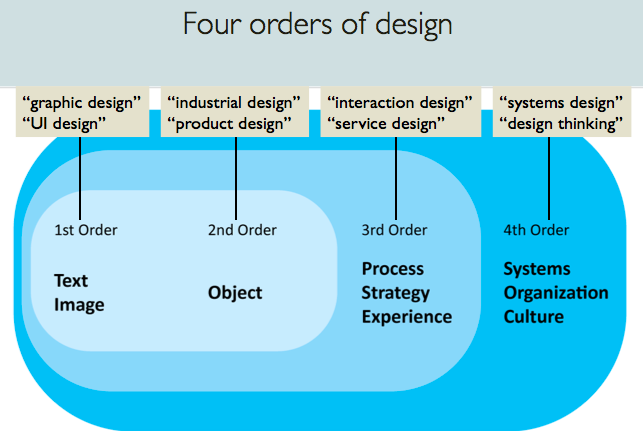This summer I will teach a course for students in the Master of Digital Media program called “Spacetime UX.”
In it I will focus on the design of products that exist in three and four dimensions (i.e. physical objects, space, and time). For example, tangible interfaces, built environments and hybrid digital-physical spaces. Topics that will come be covered include: navigation, wayfinding, onboarding, service design, designing for emotion, and speculative design.
Here are slides from the course overview:
Spacetime UX course
Here’s the official description:
This course exposes students to concepts for designing products and services that exist in three and four dimensions (physical space and time). It touches on the topics of physical interfaces, hybrid digital-physical spaces, navigation, wayfinding, service design, designing for emotion and speculative design/design fiction. We will spend time analyzing and deconstructing (taking things apart) experiences to understand and discuss how they work. Students will also create low fidelity, primarily non-digital, prototypes to explore and internalize these concepts. Though the goal behind this course is serious, I also expect that our class will be fun, a bit eclectic and hopefully thought-provoking and engaging.
Important: Please note that this is NOT a class on:
- Mobile app or web design
- Virtual Reality or Augmented Reality
- Building a complete product from concept to high-fidelity prototype and/or beta
- UI Design or “rules” for good user interface design
- Visual communications and graphic design: typography, grids, color theory etc
- Research methods such as surveys, web analytics or unmoderated remote user testing tools
Course Objectives
Upon completion of this course, students will be able to:
- Explain the core tenets and follow a human-centered design framework
- Describe the benefits and value of empathy
- Apply user experience design principles to products and services that are not exclusively screen based
- Rapidly sketch and ideate designs individually as well as part of a team
- Demonstrate resourcefulness and creativity with prototyping methods and materials
- Distinguish between different types of design practice (for example: interface, interactive, interaction)
Course Topics
This course is structured as four related themes, each centered on a different set of questions:
- People and Interactions: What is empathy, design, and interaction? How do you design for people?
- Place and Space: What impact does physical space have on a design? What is context and why does it matter? How can we better orient and guide?
- Emotion and Play: How can we design for human emotion? How can we optimize for play and flow?
- Fiction and Futures: How can you design something that doesn’t yet exist? What are ways of exploring futuristic concepts?
Note: MDM students who are interested in applying for the course will need to submit an interest form.

